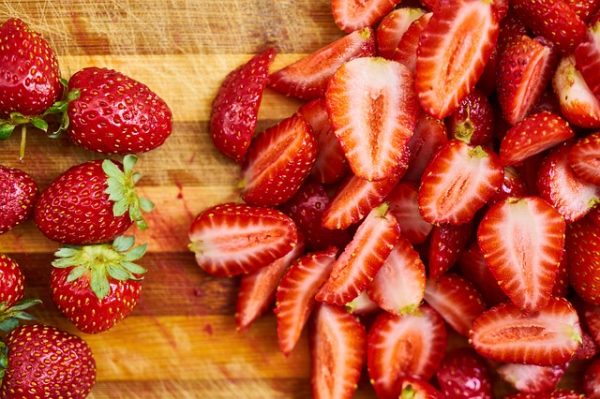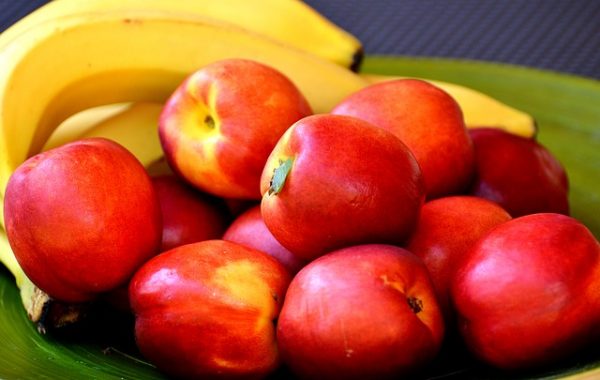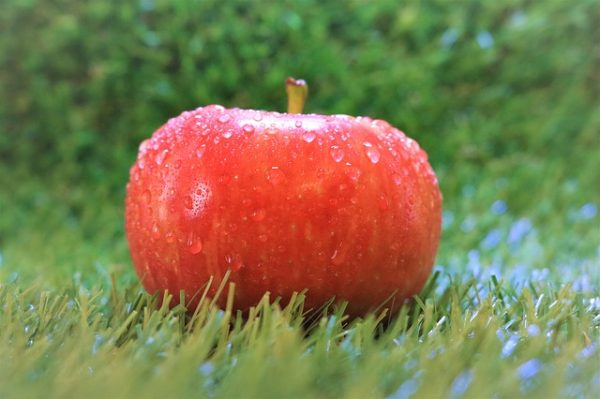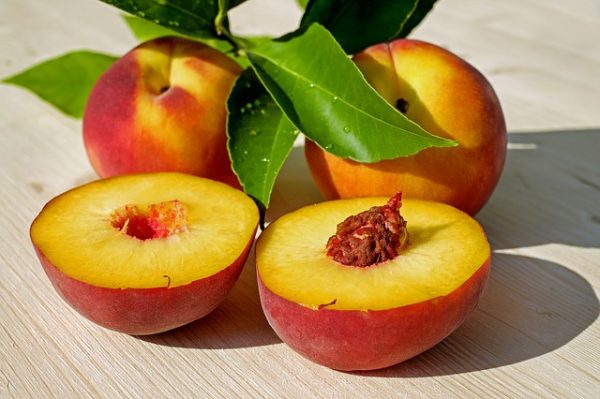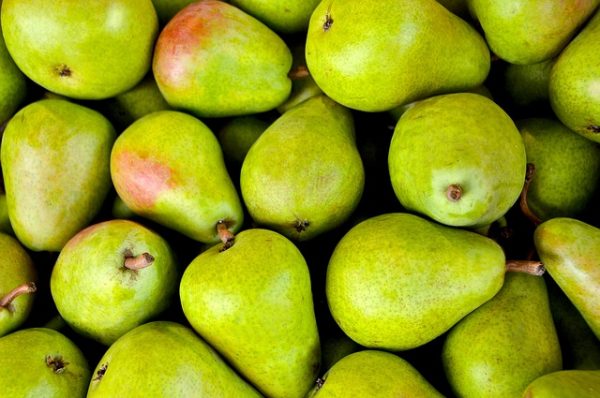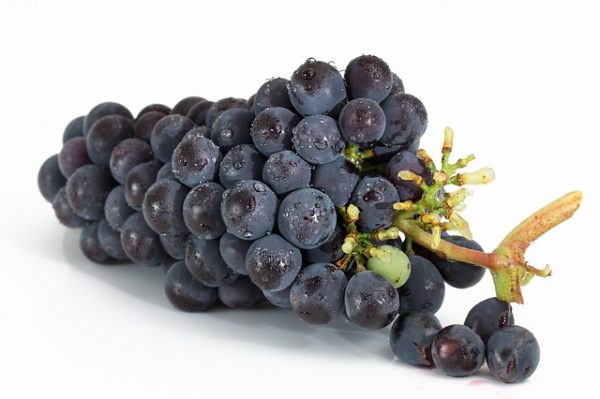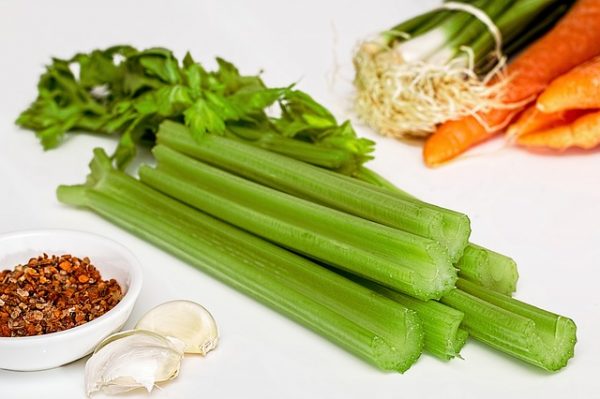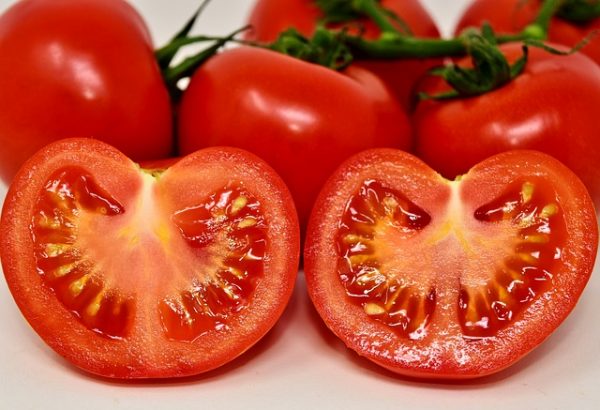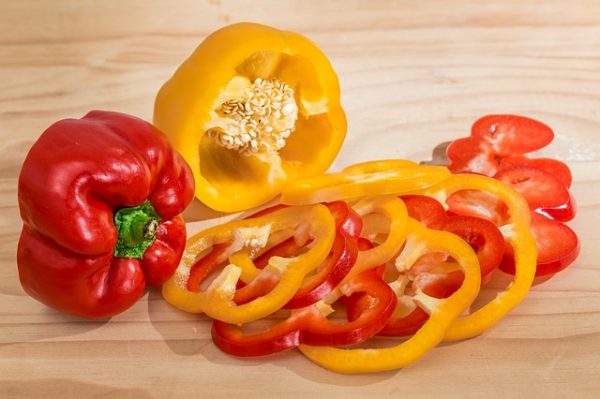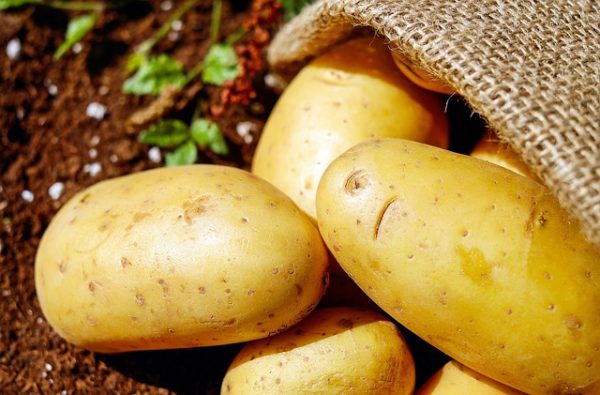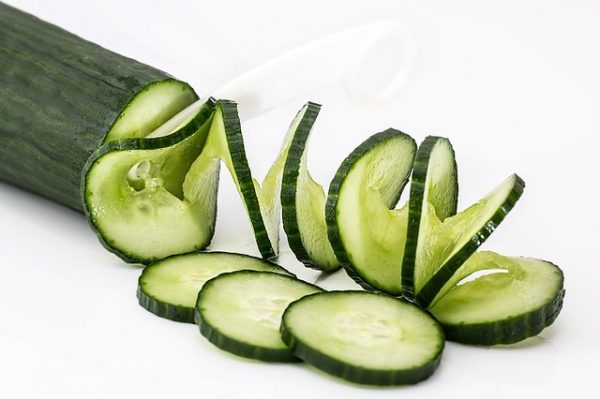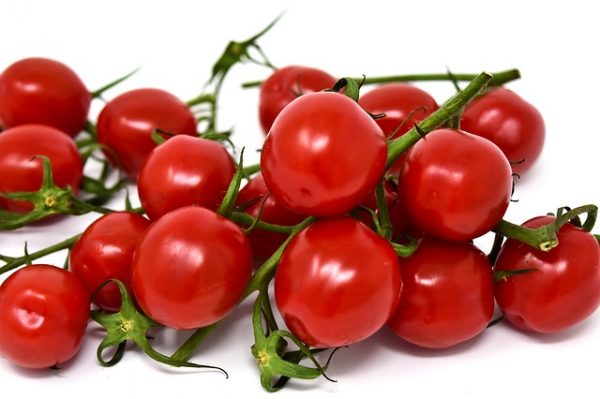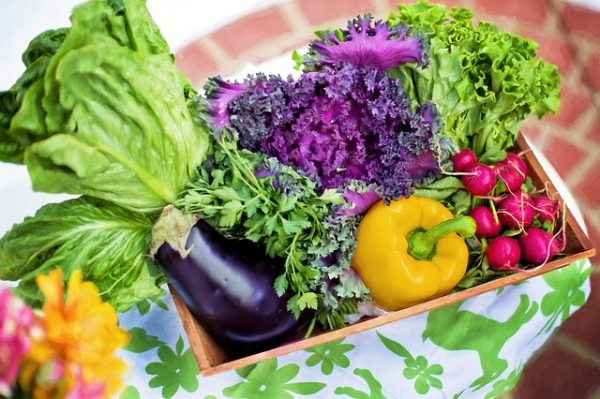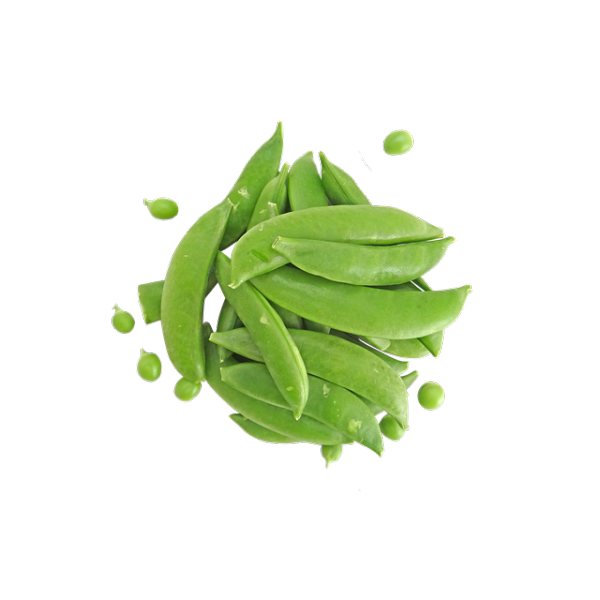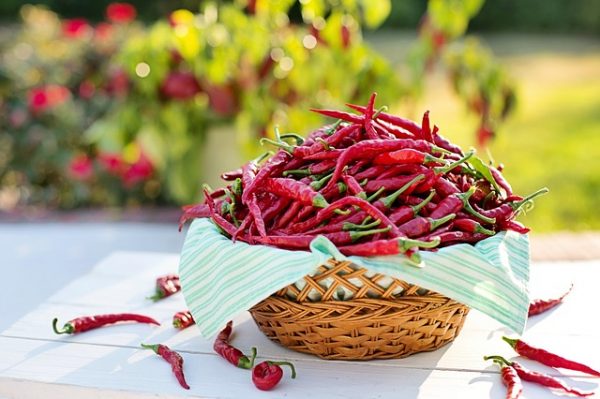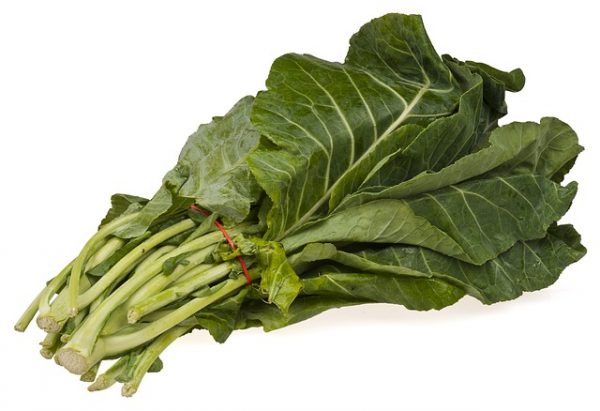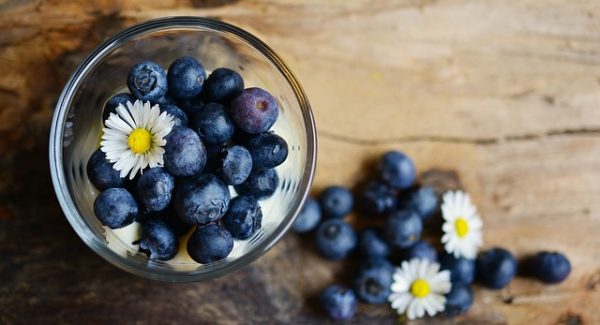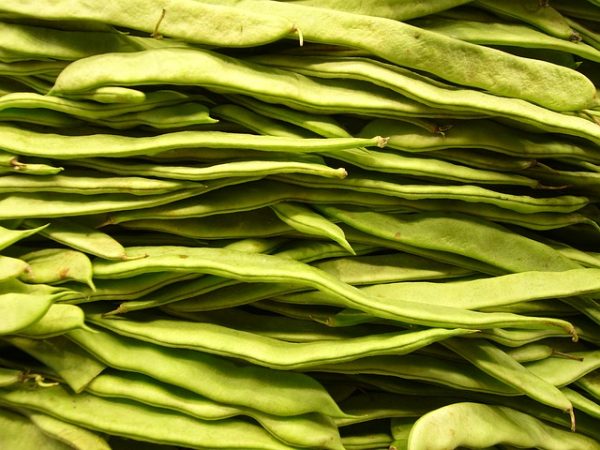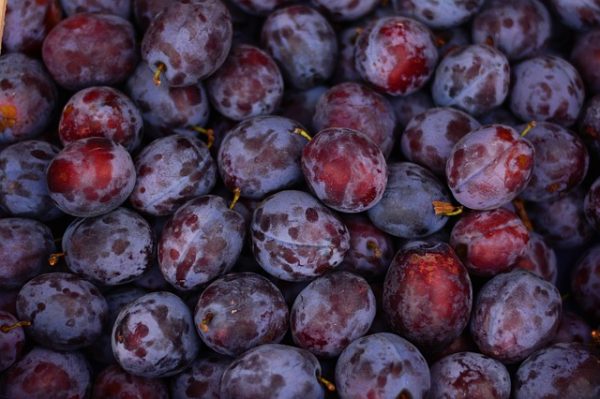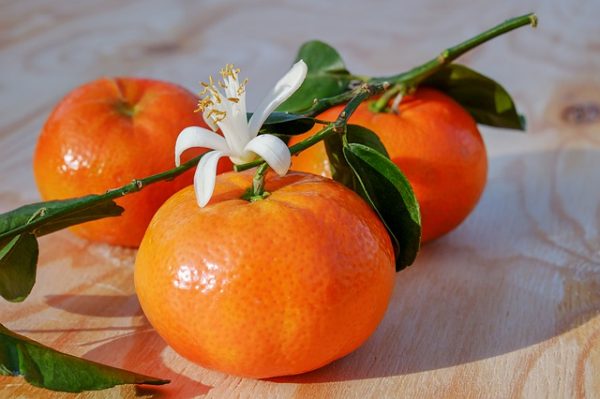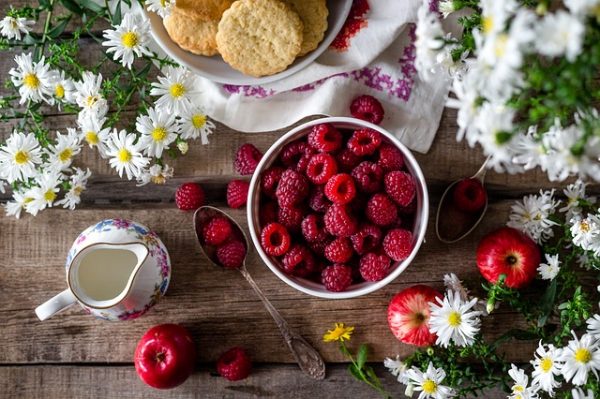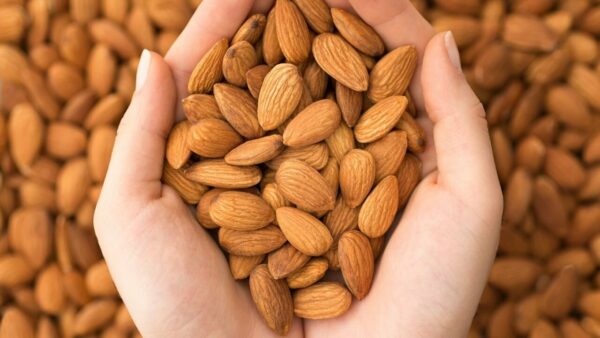The Environmental Working Group (EWG) of the USA disclosed that apples top the list of most contaminated by pesticides out of 12 fruits and vegetable items. As per USDA (United States Department of Agriculture) and Federal – FDA (Food and Drug Administration). EWG intends to inform the masses to eat safer, cleaner fruits and vegetables.
They have advised that even on peeling and washing the pesticide residue persist and found in the fresh provisions available in the market. The side effects of the pesticides (Chemicals) get linked to health problems and many times end up as cancer, growth problems and lower IQ in children. It will be safer to switch over to organic food available at affordable prices.It would be good to know which of the fruits and vegetables have the highest amount of pesticides.
The data got released by the EWG called the dirty dozen:-
- Apples: 99% of the samples have tested positive for at least one pesticide residue.
- Peaches: 98% of the samples have at least one pesticide residue.
- Nectarine 97%of the samples have at least one pesticide residue.
- Strawberry single piece had as many as 13 pesticides.
- Grapes single piece had as many as 15 pesticides.
- Celery ranked 6th on the list.
- Spinach came down to 7th from 6th.
- Sweet Bell pepper, single sample had 15 pesticides.
- Cucumber ranked 8t out of the dirty 12.
- Cherry tomatoes had 13 different pesticides.
- Snap Peas had 13 pesticides
- Potatoes had more weight of pesticides than any other produce.
The Clean Fifteen™
EWG’s Clean Fifteen list of fruits and vegetables least likely to contain pesticide residues included sweet corn, avocados, pineapples, cabbage, onions, frozen sweet peas, papayas, asparagus, mangoes, eggplant, honeydew melon, kiwis, cantaloupe, cauliflower and grapefruit. Relatively few pesticides got detected on these foods, and tests found low total concentrations of pesticide residues on them.
Key findings:
- Avocados and sweet corn were the cleanest: only 1 percent of samples revealed several noticeable Chemicals (pesticides.)
- To the surprise of the researchers, higher than 80 percent of pineapples, papayas, asparagus, onions and cabbage had no pesticide residues.
- Not a single fruit sample mentioned above from the Clean Fifteen tested positive for more than four types of pesticides.
- Multiple pesticide residues are extremely rare on Clean Fifteen vegetables. Only 5 percent of Clean Fifteen vegetable samples had two or more pesticides.
ALL 48 Fresh Provisions with Pesticide (chemicals) remanents in them
EWG checked pesticide residue testing data from the U.S. Department of Agriculture and Food and Drug Administration to come up with standing for the following popular fresh provisions items. All 48 foods are listed underneath from worst to best – lower numbers indicate more pesticides.
Note: EWG analysed pesticide tests of 48 favourite produce items. Domestic and imported versions of two items – blueberries, green beans and snap peas – showed sharply different results, so we have ranked those local and imported items separately. As a result, the Shopper’s Guide displays 51 entries.
1. Strawberries
2. Spinach
3. Nectarines
4. Apples
5. Peaches
6. Pears
7. Cherries
8. Grapes
9. Celery
10. Tomatoes
11. Sweet bell peppers
12. Potatoes
13. Cucumbers
14. Cherry Tomatoes
15. Lettuce
16. Snap peas
17. Blueberries – domestic
18. Hot peppers +
19. Kale/collard greens
20. Blueberries – imported
21. Green beans – Domestic
22. Plums
23. Tangerines
24. Raspberries
25. Carrots
26. Winter squash
27. Oranges
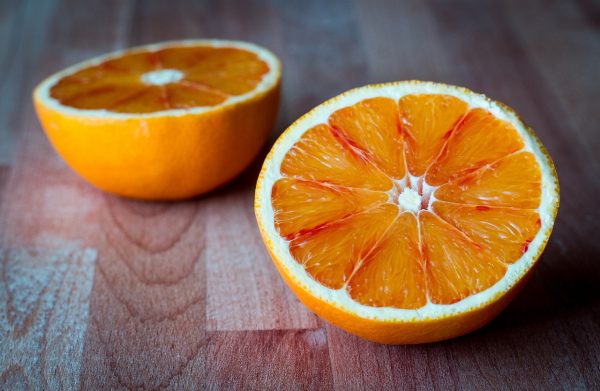
28. Summer squash
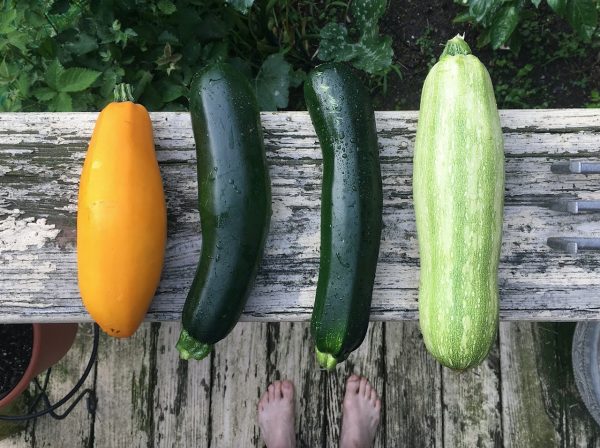
29. Green beans – Imported
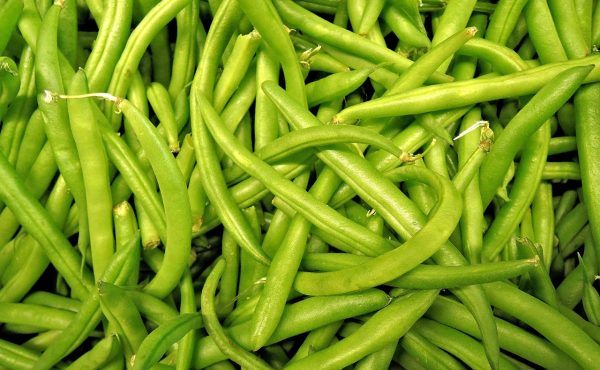
30. Snap peas – domestic

31. Bananas
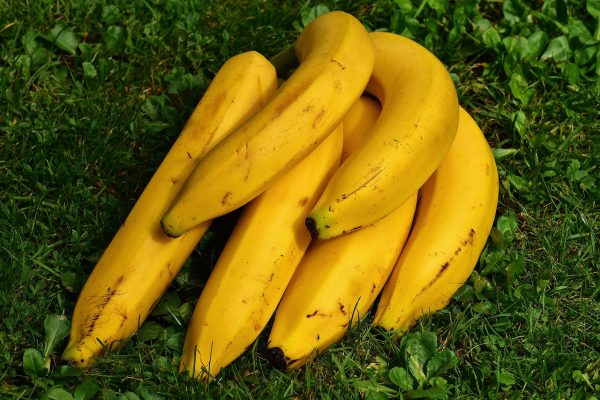
32. Green onions
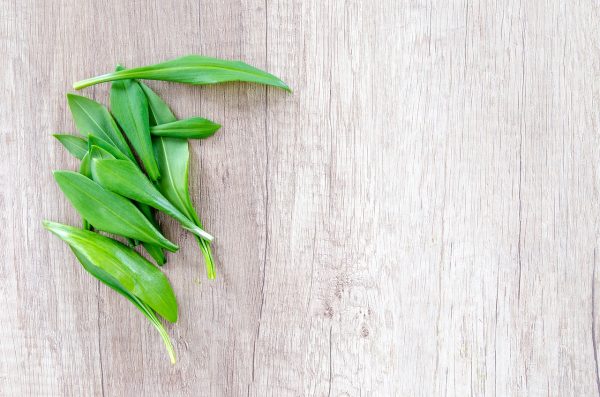
33. Watermelon
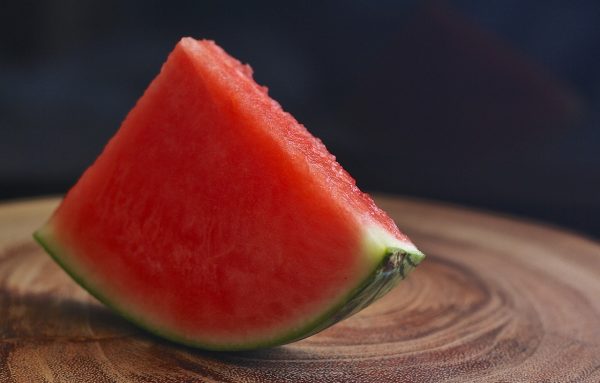
34. Mushrooms
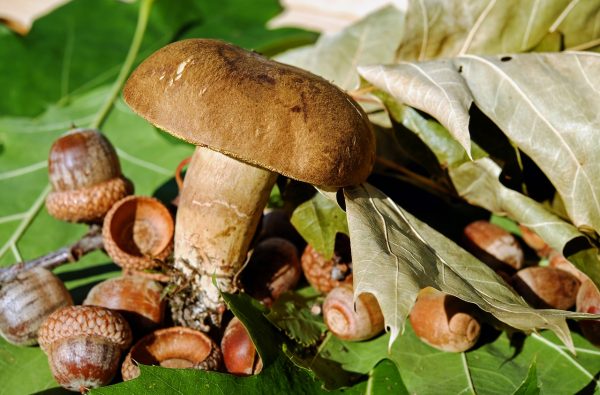
35. Sweet potatoes
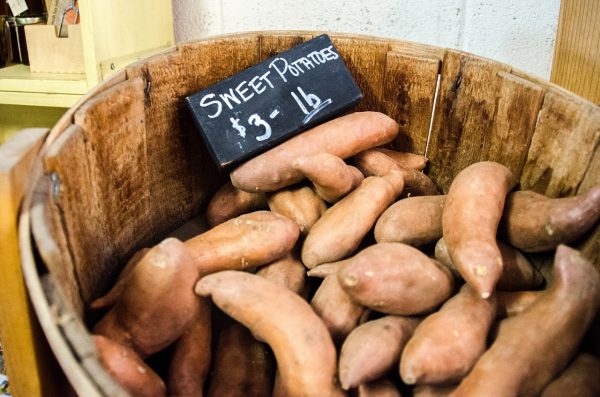
36. Broccoli

37. Grapefruit
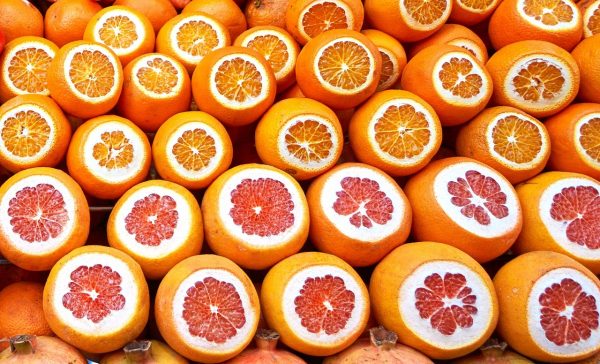
39. Cauliflower
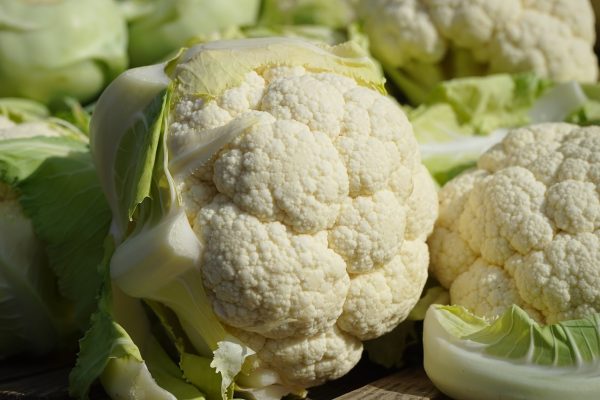
39. Cantaloupe

40. Kiwi

41. Honeydew melon
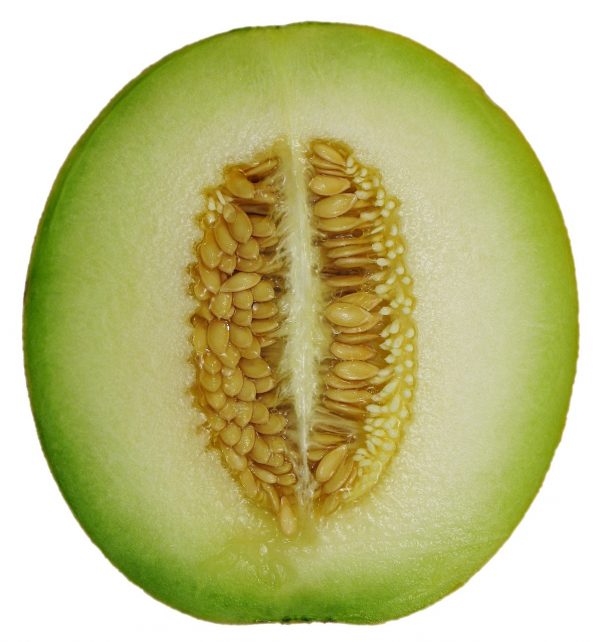
42. Eggplant
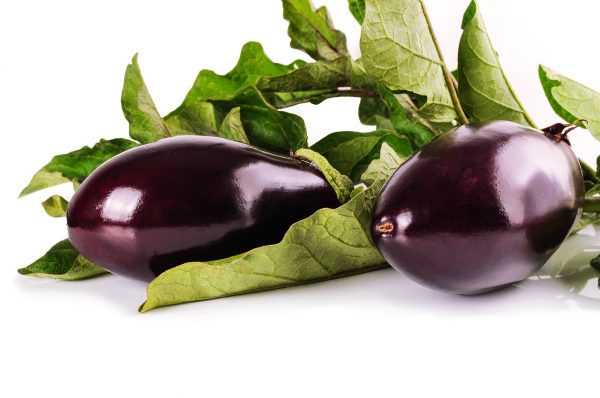
43. Mangos
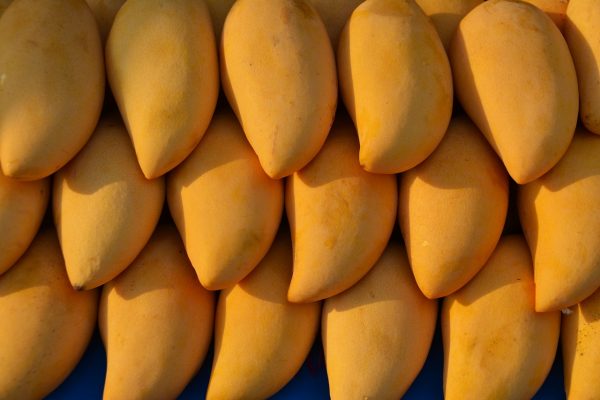
44. Asparagus
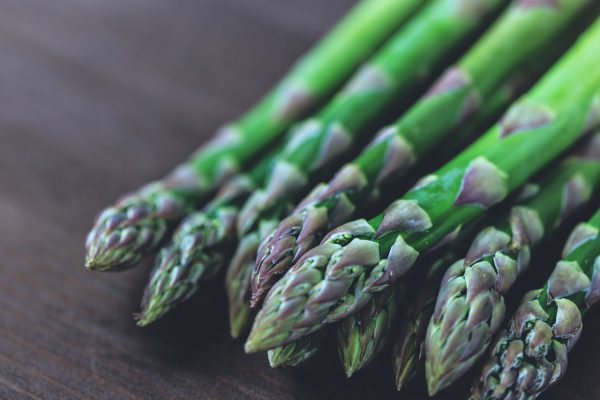
45. Papayas
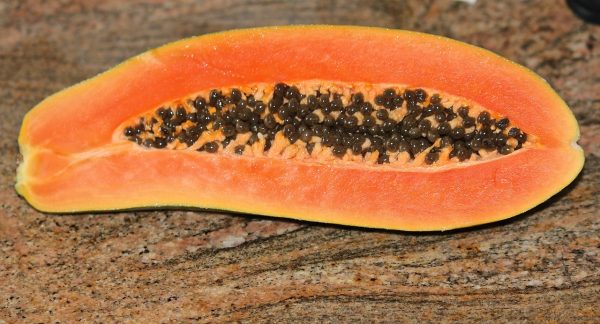
46. Sweet peas(frozen)
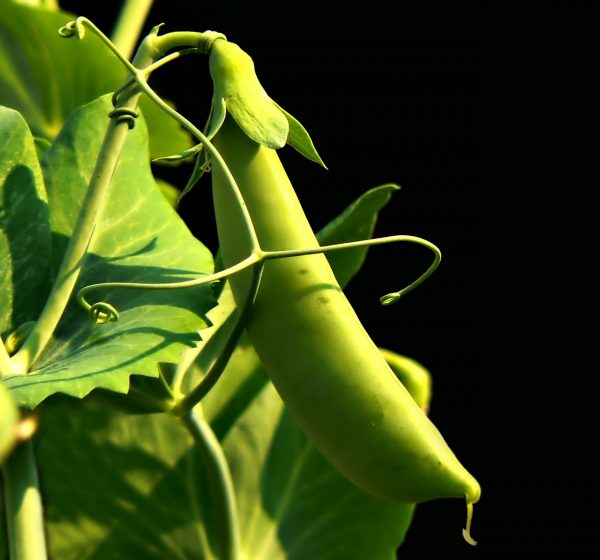
47. Onions
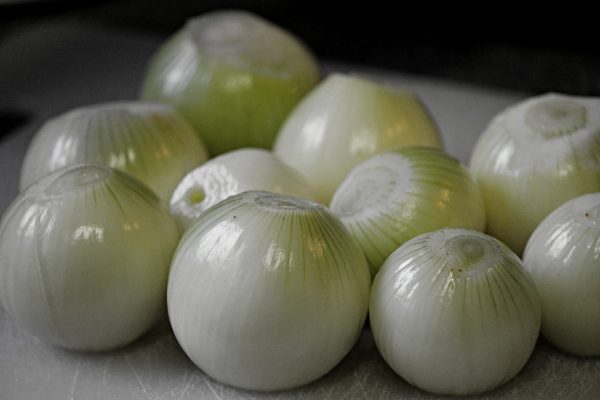
48. Cabbage
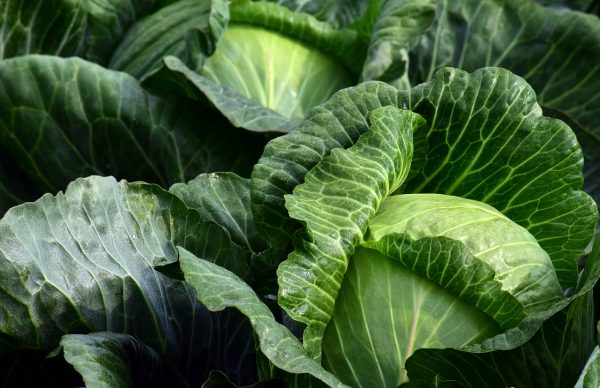
49. Pineapples
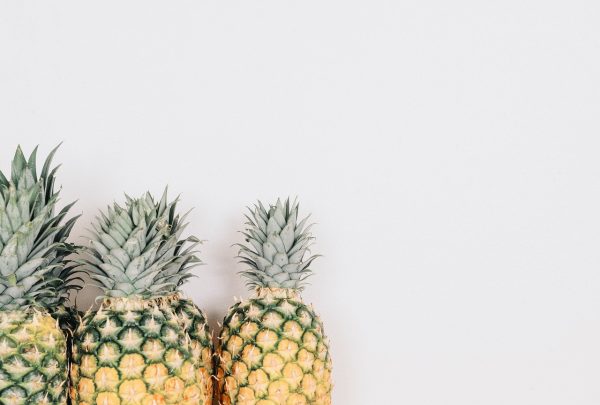
50. Avocados

51. Sweet Corn
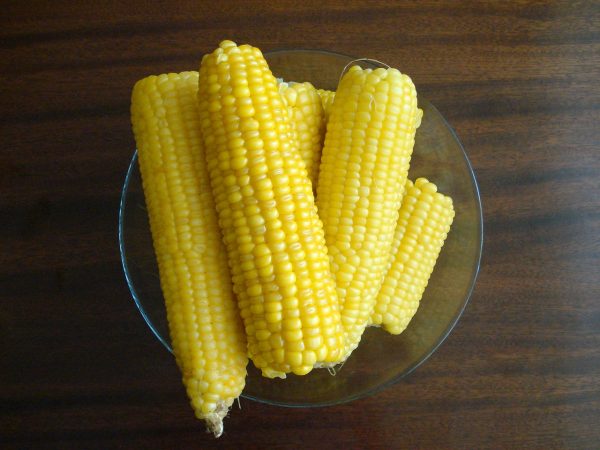
Dirty Dozen PLUS
* A small amount of sweet corn, papaya and summer squash sold in the United States is produced from genetically modified seeds. Buy organic varieties of these crops if you want to avoid genetically modified produce.
Understand it or not, there are chemicals in most of the fruit and vegetables that we eat.
These chemicals are called pesticides and are used by the farmers to keep the pests away from their crops because they damage the plants. However, at times some of the chemicals (pesticides) leave a residue on the fruits and vegetables. Usually, the residue can’t get noticed without a scientific microscope or perhaps a magnifier glass. Furthermore, many of these chemicals can harm our health.
Even though we may not see the residue, we are likely still to consume it. If fruits and vegetables are eaten raw, without proper washing, we are ingesting chemicals. It is crucial because pesticides can cause cancer. They can also damage the human nervous system and reproductive system. They can even, later on, bring forth birth deficiencies to an anticipated child. It is necessary to note where you are buying your provisions and what types of chemicals if any those farmers use. Whenever possible purchase organic provisions so that you know no pesticides got used on your purchase. Nevertheless, if you buy organic or not, it is of utmost importance to properly remove the residues.
Below you will find a list of all – natural ways to clean the fruits and vegetables. These simple tips when followed practically can make you feel healthier. Expand your days to exist while decreasing the danger of disease.
- Baking Soda Helps to remove pesticides and chemicals from fruits & vegetables and add to it four tablespoons of Baking soda. Immerse the fruits & veggies in this mixture. Give a break of 15 minutes after that remove your bowl containing the fruit & vegetables. Wipe them dry to have your safe and healthy food.
- Vinegar is one of the most potent components that decimates germs from the fruits and vegetables. To do this fill a sink with water. Add to this one cup of white vinegar in the solution. Go ahead to rinse the plants and greens and the fruits into the prepared solution. On completion transfer the fruits & vegetable to a bowl as they are now ready to be eaten. Add five glasses of fresh water to a big pan and wash off any remaining vinegar.
- Salt: Salt is a compound and found all over the world. It is located easily in various forms. Rock salt and ground salt destroys the pesticide fast. Take a cup of salt in a bowl of water. Add your fruit and vegetable into brine solution made. Keep them for ten minutes. Drain the salt water, add fresh water in a bowl and rinse your fruit and vegetables in the clean water five times before consuming.
- Turmeric Water: Turmeric acts as an antibacterial as it is spice by itself. It kills the germs. To the bowl of boiling water mix five teaspoons of turmeric powder. Now dip the fruit and vegetables in this turmeric water. And rinse the contents thoroughly with the turmeric solution. Now transfer the fruit and vegetables into a bowl of clean water. Wipe dry, and your food is safe and ready to cook or eat.
The tips given will remove 90% of residue from any chemical that the farmer may use. This way they allow you to clean all the fruit and vegetables at your place. To be on the safe side peel the skin of fruit and vegetables. These are places where the chemicals stick and linger


